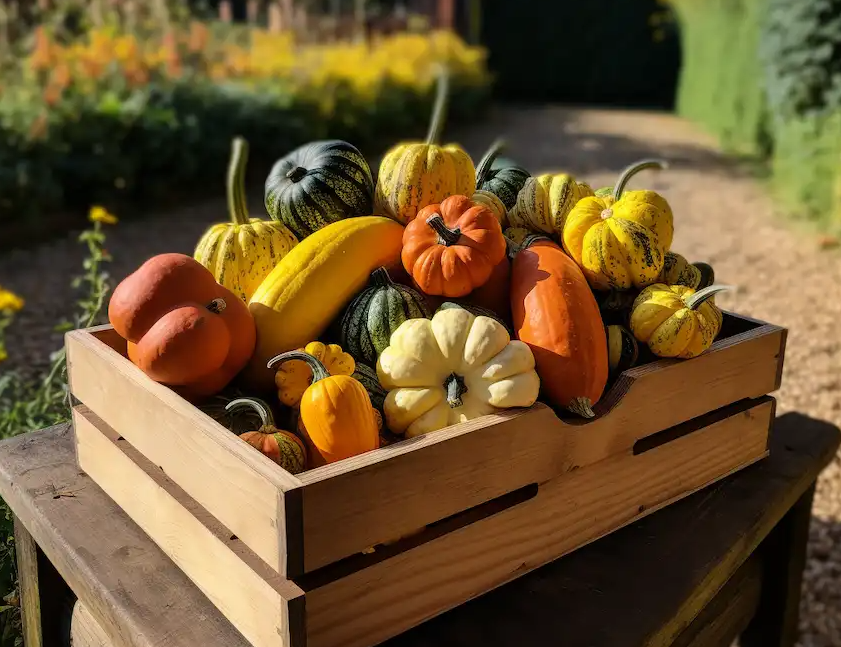Growing pumpkins at home in containers is not only possible but also incredibly rewarding. Whether you’re short on garden space or simply love the idea of harvesting fresh pumpkins from your patio, this guide will walk you through everything you need to know to succeed.

Choosing the Right Container
Start by selecting a container that will support the growth of your pumpkin plant. Choose one that holds at least 15 gallons to give the roots ample room to spread. A depth of at least 18 inches is crucial, as pumpkins develop deep root systems. Ensure the container has adequate drainage holes to prevent waterlogging, which can harm your plant.
Picking the Perfect Pumpkin Variety
Compact or bush varieties are ideal for container gardening. Varieties like Small Sugar, Baby Boo, or Jack Be Little are well-suited for limited spaces, producing smaller fruits while still offering the charm of traditional pumpkins. Make sure to choose a variety that aligns with the size of your container and your available space.
Preparing the Soil and Planting
Use a nutrient-rich, well-draining potting mix blended with organic matter like compost or aged manure. Sow 2–3 pumpkin seeds about 1 inch deep into the center of the container. Once the seeds sprout, thin them down to the strongest seedling. If planting multiple seeds in larger containers, ensure at least 18–24 inches of spacing between seedlings for optimal growth.

Watering and Sunlight Needs
Pumpkins thrive in consistently moist soil, so water deeply and allow the top layer to dry slightly between waterings. Be careful not to overwater, as soggy conditions can lead to root rot. Place your container in a sunny spot where it will receive at least 6–8 hours of direct sunlight daily to support healthy growth and fruit production.
Care and Maintenance
As your pumpkin vines grow, consider providing a sturdy trellis or support structure to train the vines upward. This not only saves space but also improves airflow and reduces the risk of rot. Feed your plant every 2–3 weeks with a balanced, slow-release fertilizer or a diluted liquid fertilizer. To ensure the plant focuses its energy on producing quality pumpkins, trim away excess foliage and smaller, underdeveloped fruits.
Managing Pests and Diseases
Inspect your plants regularly for common pests such as aphids, squash bugs, and cucumber beetles. Use organic insecticidal soap or neem oil to keep them under control. For diseases like powdery mildew, ensure proper airflow and consider applying an organic fungicide if needed.
Harvesting Your Pumpkins
Most pumpkin varieties mature within 75–100 days. To determine if your pumpkins are ready, check for a deep, vibrant color, a hardened rind, and a dried-out stem. Tapping the pumpkin should produce a hollow sound. Use pruning shears to cut the pumpkin from the vine, leaving a few inches of stem attached to prolong its shelf life.

Final Tips for Success
Growing pumpkins in containers requires attention to detail, particularly in soil quality, watering schedules, and pest management. It’s also a process of learning and adapting. With proper care, you’ll enjoy the satisfaction of harvesting your own pumpkins, even in a small space.
Whether you’re growing pumpkins for Halloween, cooking, or simply for the joy of gardening, this project is an excellent way to bring nature closer to your home. Share your bounty with friends, or enjoy decorating your space with vibrant, homegrown pumpkins.
Happy gardening! 🎃





